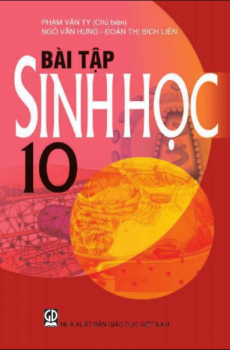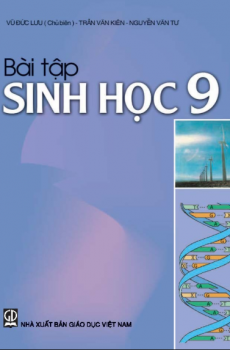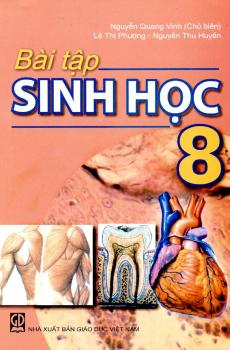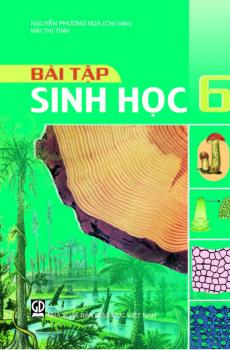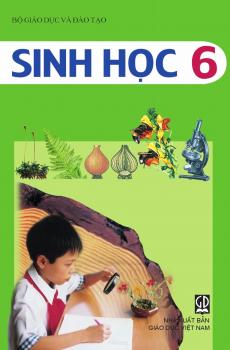Elements of Agricultural Chemistry
Elements of Agricultural Chemistry
Log in to download this book.
| Publisher | Chưa rõ |
|---|---|
| Accessible book producer | Public domain |
| Published year | 2008 |
| Coppy right | Chưa rõ |
That the phenomena of vegetation are dependent on certain chemical changes occurring in the plant, by which the various elements of its food are elaborated and converted into vegetable matter, was very early recognised by chemists; and long before the correct principles of that science were established, Van Helmont maintained that plants derived their nourishment from water, while Sir Kenelm Digby, Hook, Bradley, and others, attributed an equally exclusive influence to air, and enlarged on the practical importance of the conclusions to be deduced from their views. These opinions, which were little better than hypotheses, and founded on very imperfect chemical data, are mentioned by Jethro Tull, the father of modern agriculture, only to deny their accuracy; and he contended that the plants absorb and digest the finer particles of the earth, and attributed the success of the particular system of husbandry he advocated to the comminution of the soil, by which a larger number of its particles are rendered sufficiently small to permit their ready absorption by the roots. Popular opinion at that time was in favour of the mechanical rather than the chemical explanation of agricultural facts, and Tull's work had the effect of confirming this opinion, and turning attention away from the application of chemistry to agriculture. Indeed, no good results could have followed its study at that time, for chemistry, especially in those departments bearing more immediately on agriculture, was much too imperfect, and it was only towards the close of the last century, when Lavoisier established its true principles, that it became possible to pursue it with any prospect of success.






